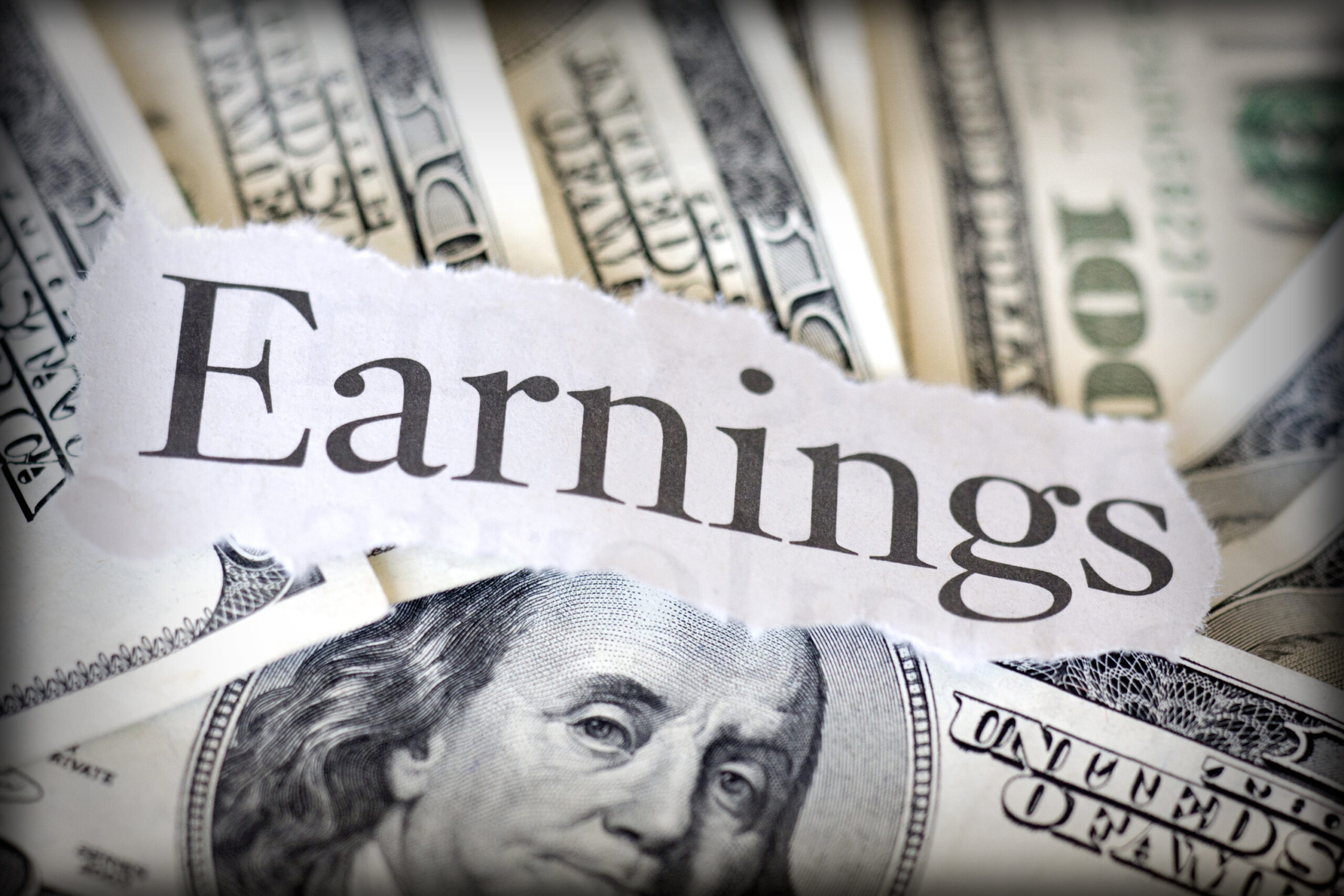As we kickoff the second quarter earnings season, the market sentiment is characterized by cautious optimism. The impressive 16% year-to-date gain in the market has left investors tempering their expectations for the back half of the year, preparing for potential volatility. Concerns about market concentration and other emerging issues are balanced by the excitement surrounding the proliferation of artificial intelligence technologies, which seem to be driving much of the market’s optimism.
The Federal Reserve’s likely easing of monetary policy, prompted by cooling inflation and economic growth, further underpins this cautious outlook. Consumers remain active, though they have become more selective in their spending, forcing retailers to navigate shifting preferences and heightened price sensitivity. The job market shows signs of slowing down but remains robust overall, contributing to a narrative of a soft landing for the economy.
Earnings growth for the second quarter is expected to accelerate to approximately 8%, with a slight dip anticipated in the third quarter. However, growth is projected to rebound to 17% in the fourth quarter and continue at nearly 15% in 2025. This anticipated acceleration in earnings growth bodes well for continued market performance, providing a counterpoint to the more tempered expectations held by some investors.

Stay on Top of Market Trends
The Carson Investment Research newsletter offers up-to-date market news, analysis and insights. Subscribe today!
"*" indicates required fields
As is tradition, the earnings season kicks off with the large banks—JP Morgan, Wells Fargo, and Citigroup. Earnings results were mixed. Despite a surge in stock prices leading up to their reports, higher interest rates have dampened consumer lending demand meanwhile investment banking is showing a robust revival.
JP Morgan’s Consumer & Community Banking unit saw a 21% decline in income, largely due to a more competitive environment for consumer deposits and an increase in loan loss provisions. The anticipated rise in expenses and loan losses throughout the rest of 2024 is seen more as a normalization process rather than a significant concern. After a prolonged period of stagnation, investment banking fees for JP Morgan rose by 50%, reflecting a notable increase in corporate deal-making activity.
Citigroup’s adjusted earnings were flat year over year, despite better-than-expected revenue growth. The bank’s significant exposure to investment banking proved beneficial this quarter. However, the outlook for expense reduction was less optimistic. CEO Jane Fraser acknowledged that cutting costs would be more complex than initially anticipated, guiding expenses to be “at the higher end” of expectations. Fraser’s efforts to simplify the bank’s management structure have been complicated by a series of regulatory penalties, suggesting that addressing oversight issues will need to take precedence over cost-cutting measures.
Wells Fargo, with a stronger focus on consumer banking, is facing similar challenges. Its cost-cutting initiatives have stalled due to ongoing regulatory compliance issues. The company increased its expense guidance for the year, leading to a drop in its share price. Despite these mixed earnings reports, both banks are grappling with the balance between reducing costs and meeting regulatory requirements.
As we look ahead, the market’s focus will likely shift to the other sectors, notably the technology and communications giants that underpinned much of the growth this year. Our House Views remain overweight the financial sector, especially the largest institutions that have the ability to navigate regulatory challenges and capitalize on investment banking opportunities. While some have the feeling that markets have gone “too far, too fast” the expectations for accelerating growth and a strong economy would suggest there is more upside to come.
For more content by Jake Bleicher, Portfolio Manager click here.
02321682-0724-A


